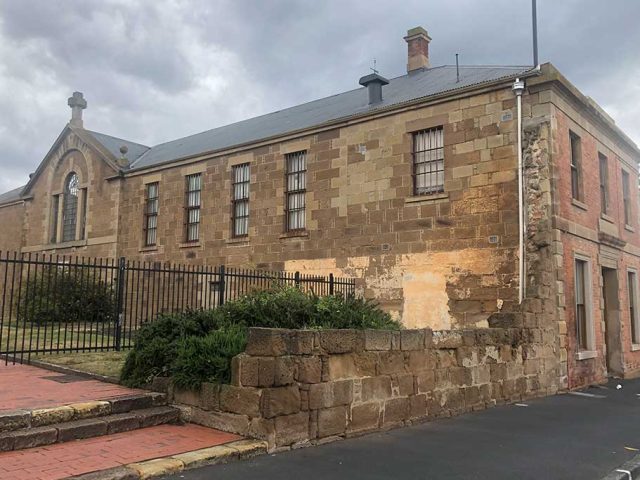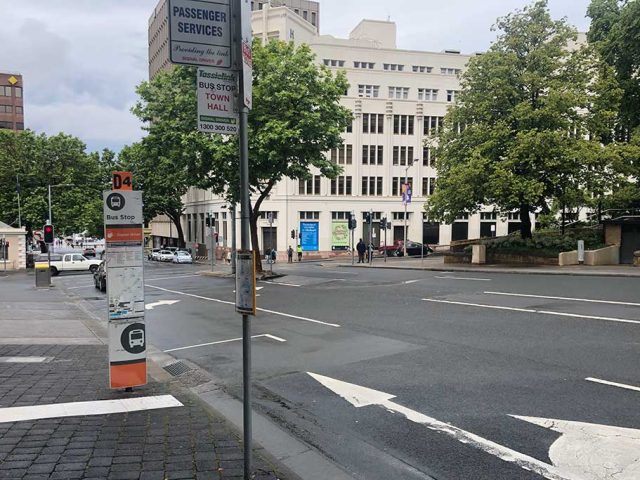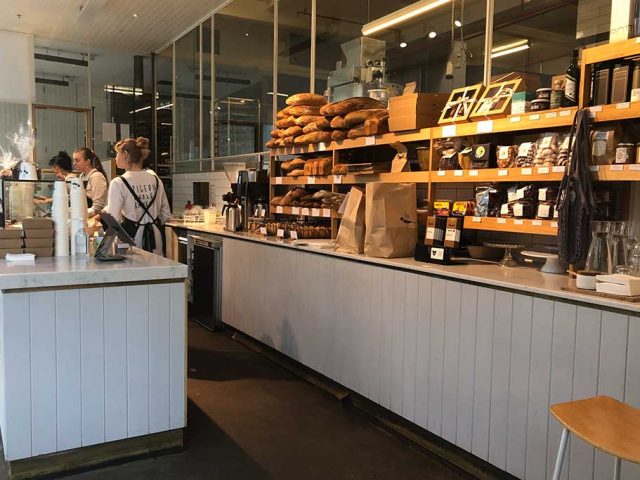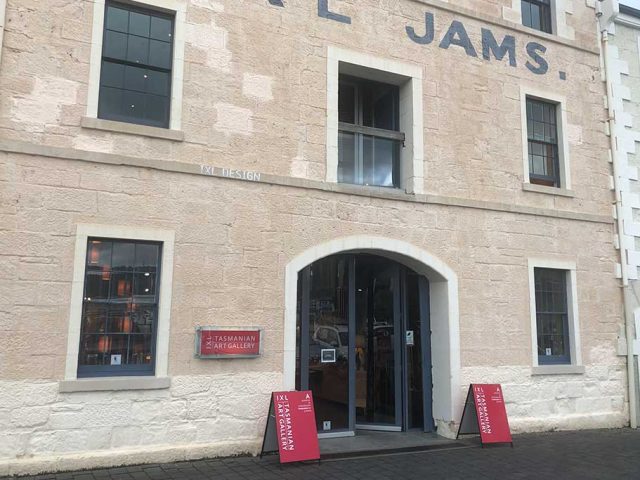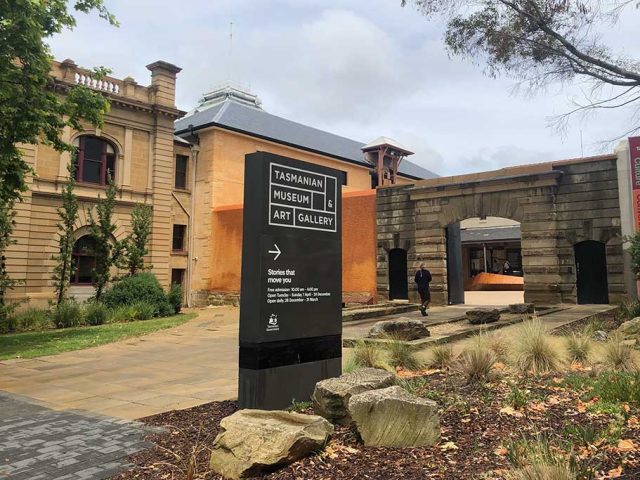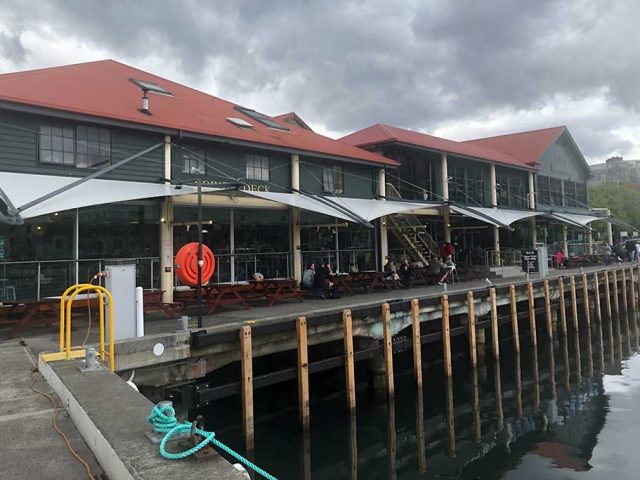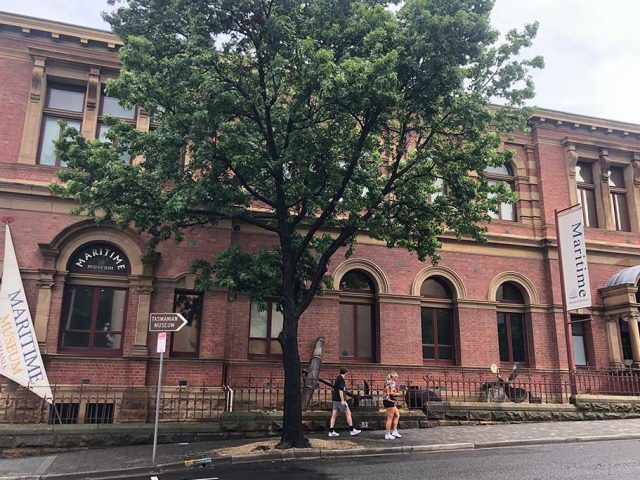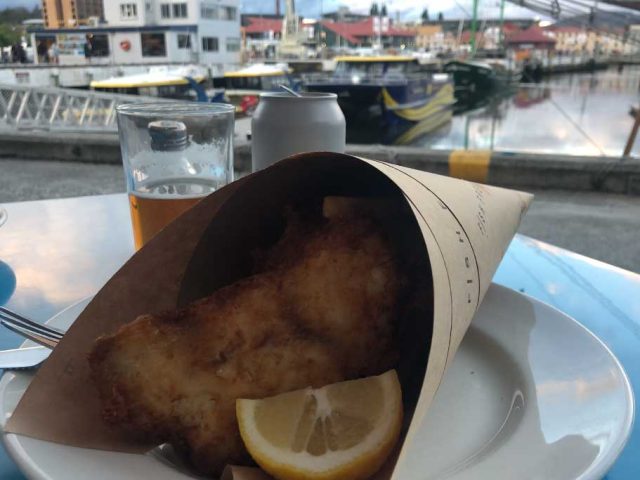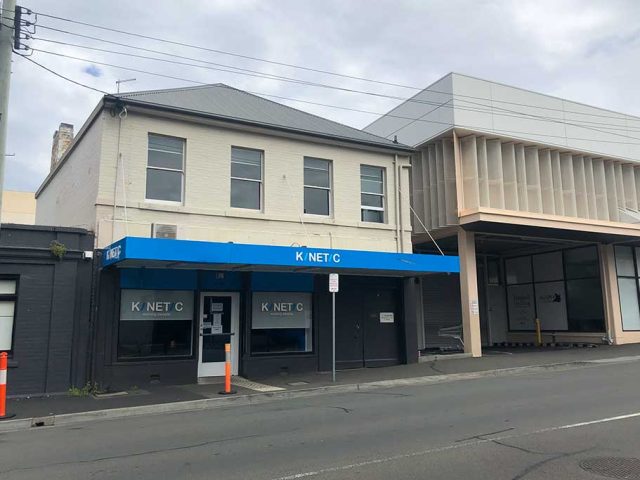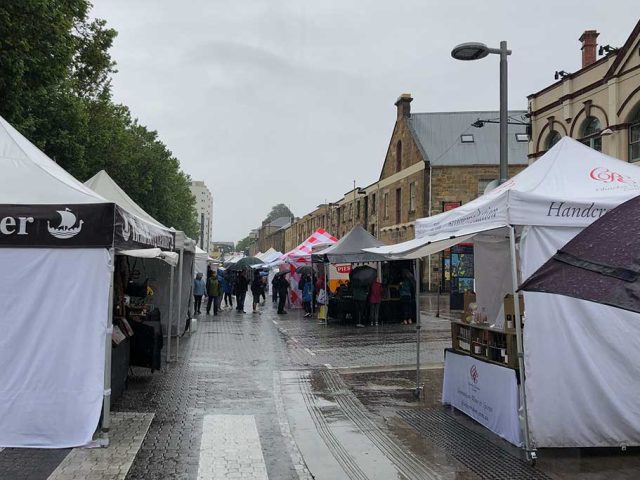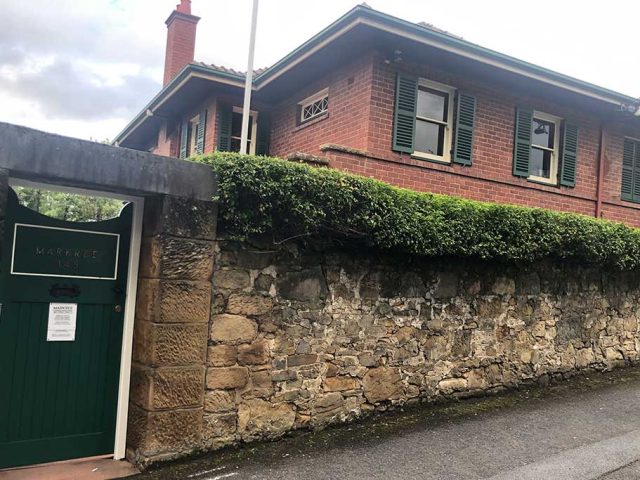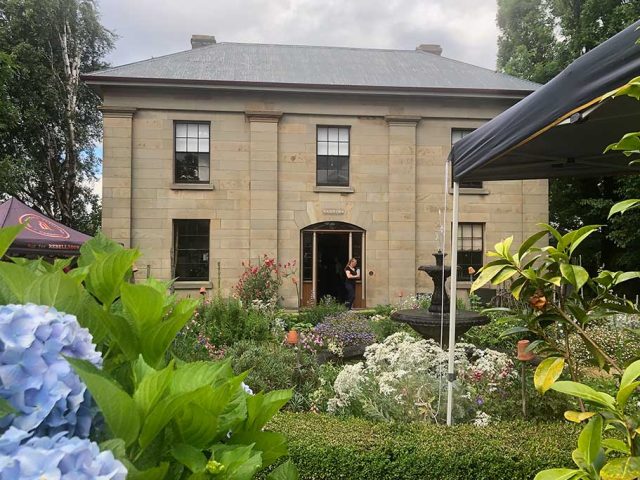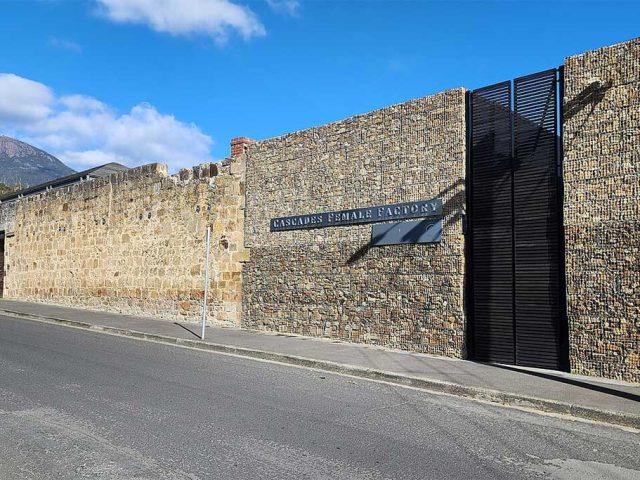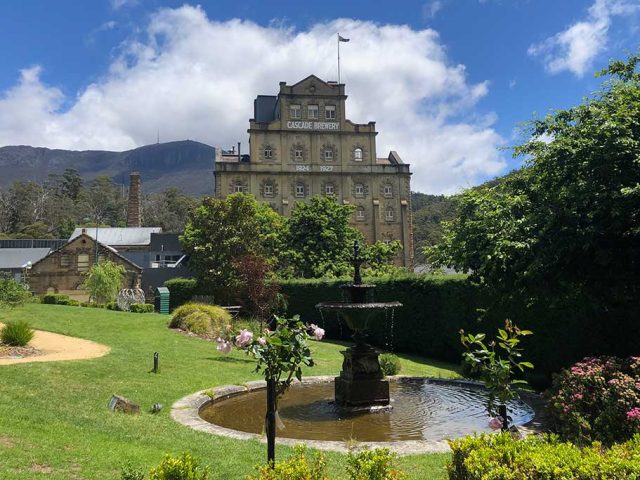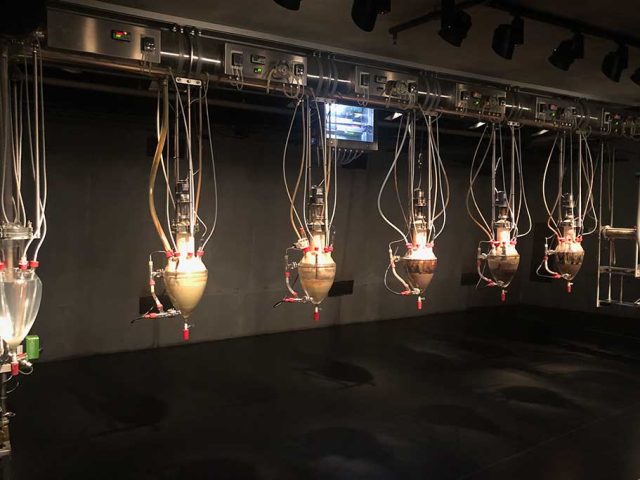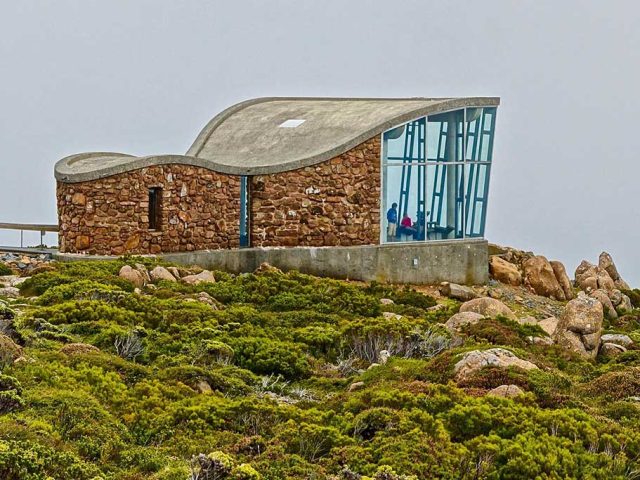Royal Tasmanian Botanical Gardens
Hobart’s botanical gardens
The Royal Tasmanian Botanical Gardens (RTBG) in Hobart is one of Australia’s most significant horticultural sites, offering visitors a chance to explore both native and exotic plant collections in a serene setting. Established in 1818, the gardens are on the western banks of the River Derwent and are a key attraction for locals and tourists alike. With over 200 years of history, the RTBG is not only a place of natural beauty but also an important cultural landmark in Tasmania.
The Royal Tasmanian Botanical Gardens were founded in 1818, making them the second-oldest botanical gardens in Australia, after Sydney’s. Initially intended as a governmental garden for the colony, the site developed over time into a significant space for botanical research, conservation and recreation. The gardens have played a role in acclimatising crops and plants to Tasmanian conditions, serving early colonial agricultural efforts.
In 1845, William Thomas, the first full-time superintendent, began shaping the garden’s design and layout, introducing formal plantings, flowerbeds and lawns. One of the gardens’ key features, the Arthur Wall, was built in the 1820s. Originally heated to grow exotic fruit like pineapples, the wall remains a historical reminder of the ambitious efforts to cultivate non-native species in Tasmania’s cooler climate.
Throughout the years, the gardens have expanded and diversified, now home to important conservation projects, including rare Tasmanian species and international plants. In recognition of its cultural and botanical significance, the RTBG was granted the “Royal” prefix in 1967.
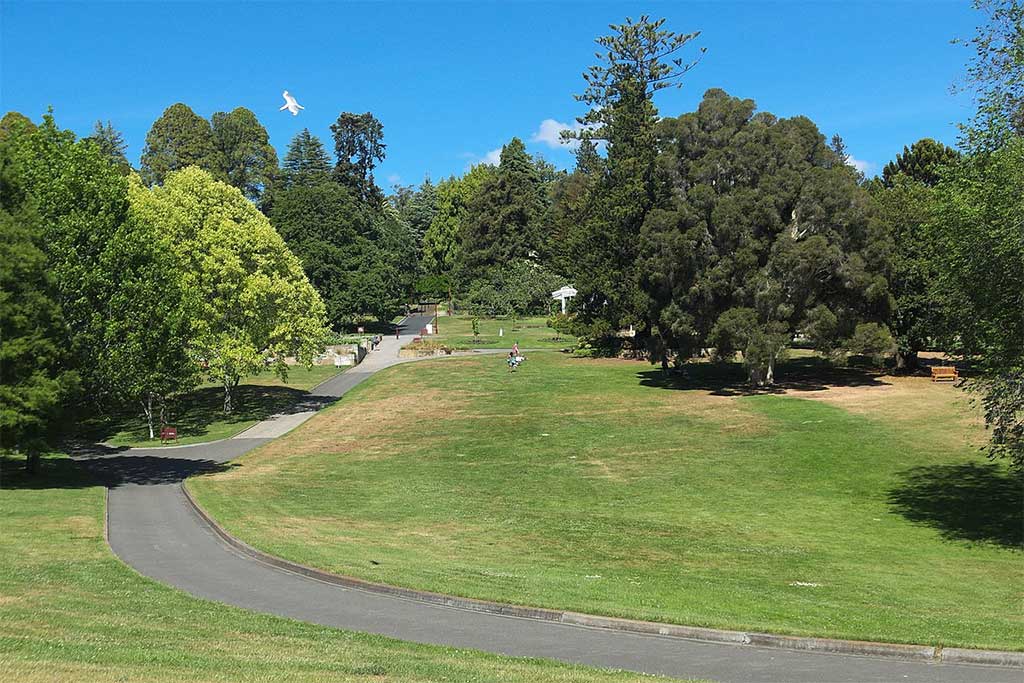
What to see at the Royal Tasmanian Botanical Gardens
The Royal Tasmanian Botanical Gardens feature a wide range of collections and landscapes, making it a varied and educational visit. From native flora to well-curated international sections, there’s something for plant enthusiasts and casual visitors alike.
The gardens’ highlights include the Tasmanian Flora Collection as well as the Tasmania Woodland section at the northern end of the Botanical Gardens. These two areas showcase the unique plants of the island, many of which are found nowhere else in the world. The collection features species from Tasmania’s cool temperate rainforests, alpine regions and coastal areas, providing insight into the diversity of the state’s ecosystems.
Another distinctive feature is the Subantarctic Plant House, which recreates the environment of Macquarie Island, halfway between Tasmania and Antarctica. Visitors can experience the cold, damp atmosphere while learning about the hardy plants that survive in one of the world’s harshest climates.
The Japanese Garden, designed by architect Kanjiro Harada in the 1980s, provides a tranquil space with traditional elements like a teahouse, water features, and carefully pruned plants. It’s a serene corner of the gardens, offering a contrast to the local flora and an example of international horticultural styles.
The Arthur Wall, an impressive structure from the gardens’ early history, is worth seeing for its connection to 19th-century horticultural practices. The nearby French Memorial Fountain, erected to commemorate the French explorers who mapped parts of Tasmania, adds another historical layer to the site.
For those interested in non-native species, the Conservatory offers a colourful display of flowering plants, while the cactus collection showcases hardy species from arid regions. The gardens also have an extensive orchid collection, particularly popular during the spring bloom.
Throughout the year, the gardens host various events and exhibitions, including guided tours, plant sales, and educational programmes for children and adults. The changing seasons bring new displays, with spring and autumn being particularly beautiful times to visit, when the gardens are at their most vibrant.
Visiting the Royal Tasmanian Botanical Gardens
The Royal Tasmanian Botanical Gardens are on Lower Domain Road, 2km northeast of the city centre. It’s around a half-hour walk from the city centre.
The gardens are open daily and entry is free of charge.
Visitor facilities include a visitor centre, café and a gift shop. The café offers refreshments and light meals, with indoor and outdoor seating areas. Accessible pathways and ramps are in place throughout most of the gardens, making it easier for those with mobility issues to explore the site. Public toilets, including accessible facilities, are available near the visitor centre.
For a more in-depth experience, guided tours of the gardens are available, providing insights into the history, design, and botanical collections. These tours can be booked in advance or arranged on the day of your visit, subject to availability.
Allow at 2–3 hours for your visit to the Royal Tasmanian Botanical Gardens.
We may earn a small commission if you book after clicking the links below.
Lower Domain Road, Queens Domain, Hobart
Website gardens.tas.gov.au
Admission free
Open Jan–Mar 8am–6.30pm daily; Apr–Sep 8am–5pm daily; Oct–Dec 8am–6.30pm daily

